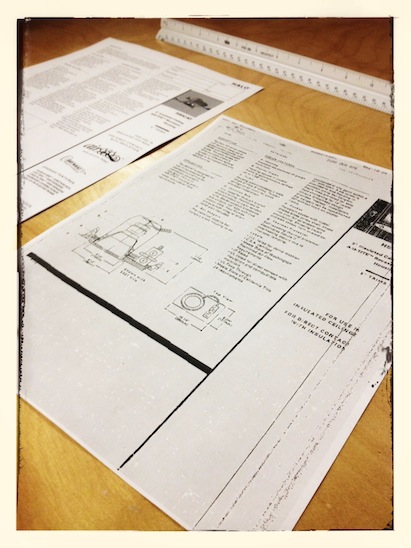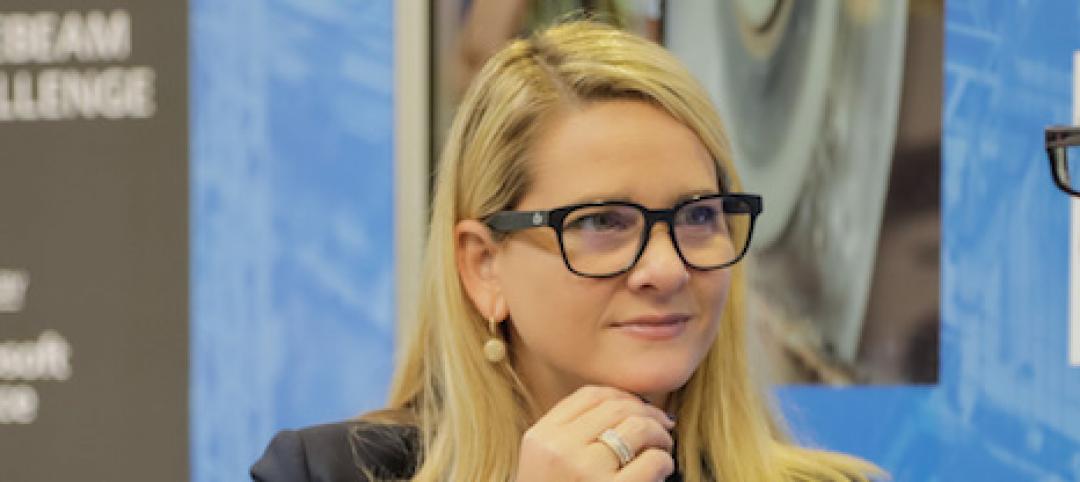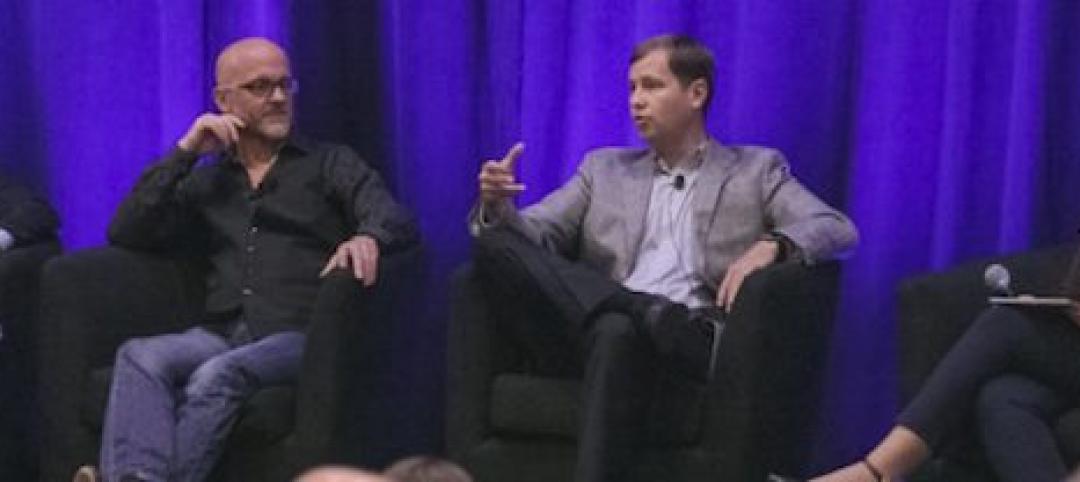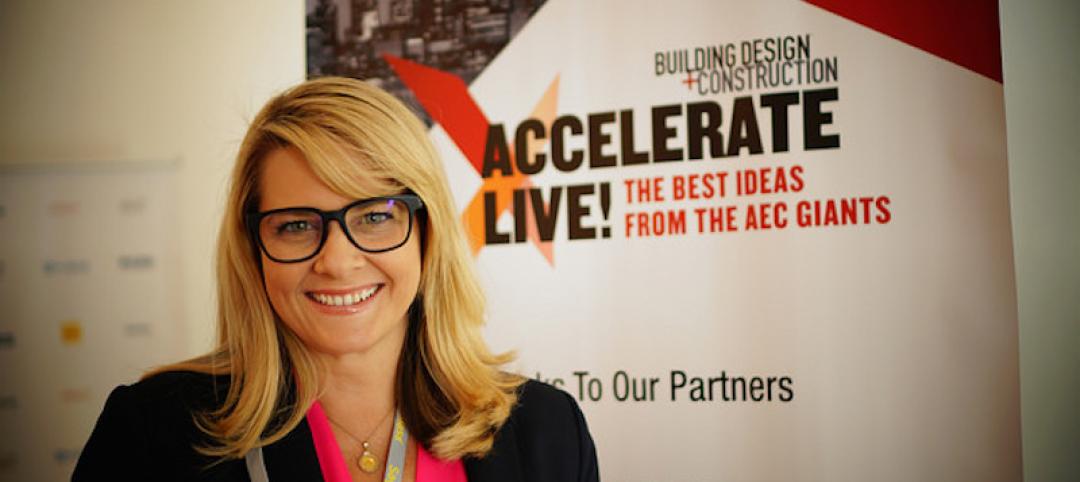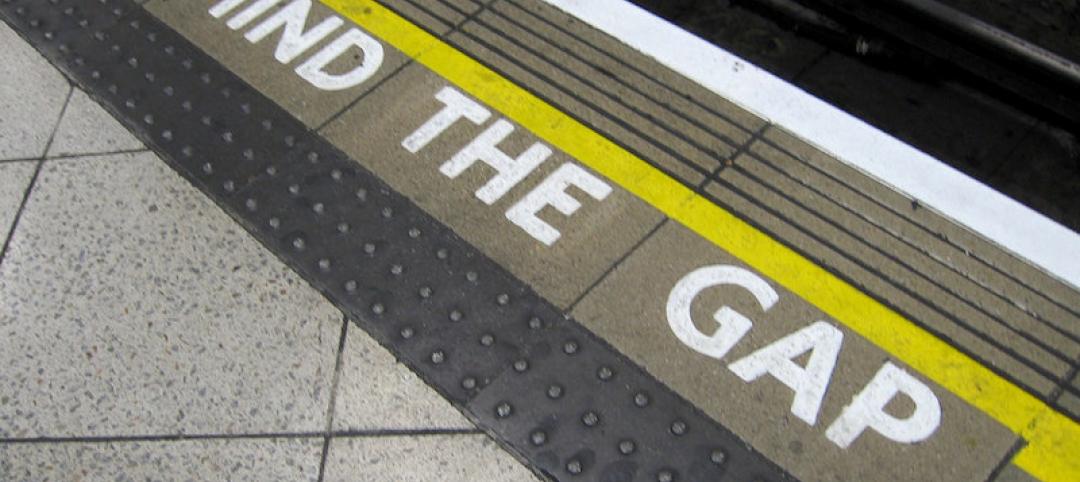With introductions out of the way and to kick off our first official blog post, I thought I’d start off with a cautionary tale of what didn’t work for one AEC firm… ‘cause we can only go up from here, right?
Not long ago, I received a call from a Senior Design Manager of a large Construction firm. When I picked up the phone and heard the dread in his voice, I knew it wasn’t going to be good. He started off the conversation by telling me they had just learned a very valuable, yet expensive lesson. His reason for calling me was so that I could pass this lesson along to others. He then went on to describe a story of expensive miscalculation due to what he called, “user error”. Now “user error” is a term I’m quite familiar with as it’s something my IT guy often refers to when I ask him to fix my computer. This is typically then followed up with the statement that “the problem most likely exists between the keyboard and the computer,” which I’ve learned, is me. But I digress.
So the story goes that this construction firm sent out a set of PDF drawings to their specialty contractors for bidding. It just so happened that one of the drawings came back as a scanned PDF. Not a big deal, they often receive back scanned drawings. So they went through their usual process of marking up the PDF which included some takeoffs and measurements. Since they had invested in electronic markup tools they calibrated the PDF, to ensure all of the markups were to scale. However in this instance, they were unaware that there had been a glitch during the scanning process which distorted a section of the drawing. Having calibrated the drawing in only one spot, they didn’t catch this distortion. A few months later when their materials arrived onsite, they discovered their “user error” cost them nearly $100K in extra inventory!
So what is the lesson learned here? Regardless if your drawing is a scan or a PDF converted from CAD, it’s always best to calibrate in at least three different spots. This way, you are more likely to discover any glitches on the PDF drawing or mistakes in the notated scale. Not to mention, saving yourself from telling your own “user error” story one day.
More from Author
Sasha Reed | Dec 15, 2017
Future vs. current state of construction innovation: How will we make the leap?
Looking beyond today’s constraints to the possibility of what “could be” is a key characteristic of those defining and delivering innovation to design and building firms across the globe.
Sasha Reed | Sep 19, 2017
BIM vs VDC…how the US and the UK differ in approaching digital project delivery
In this four-part series, Bluebeam VP Sasha Reed sat down with industry experts to examine the need for defining and understanding digital workflows and data management throughout the design and construction project lifecycle.
Sasha Reed | Jul 19, 2017
Introducing StrXur by Bluebeam
Our goal is to present unique perspectives you may not be able to find anywhere else.
Sasha Reed | Jul 13, 2017
Defining the future by mastering the art of change
From my perspective, what separates organizations thriving in the digital revolution from those who are not boils down to one thing: leadership.
Sasha Reed | Mar 15, 2017
Incentivizing change: Show me the money
Who is succeeding, and on what terms? And what will it take for everyone to experience the benefits of that success?
Sasha Reed | Oct 4, 2016
The talent shortage: Will the training the AEC industry desperately needs arrive in time?
As the construction industry bounces back from the Great Recession, an entirely new class of tech-savvy construction professionals has been created, and the supply of these highly skilled, tech-proficient pros has been quickly exhausted.
Sasha Reed | Jul 11, 2016
Construction Disruption at AECX: Technology, hackathons and the promise of change in LA
The lead up to AECX featured a discussion providing insight into the current state of the AEC technological revolution by exploring opportunities, challenges and choices AEC pros face.
Sasha Reed | Jun 23, 2016
Implementing Change: The Five Biggest Mistakes to Avoid
Two truths from the jobsite: 1) The best part about uncovering a problem is discovering its solution, and 2) The worst part about discovering the solution is implementing it.
Sasha Reed | Jun 9, 2016
With all these sharks in the water… (No Predictions Here...Part 2)
Rather than fighting to control the proliferation of apps, perhaps we should be training our eyes to look for signs of long-term viability among all the fins in the water

